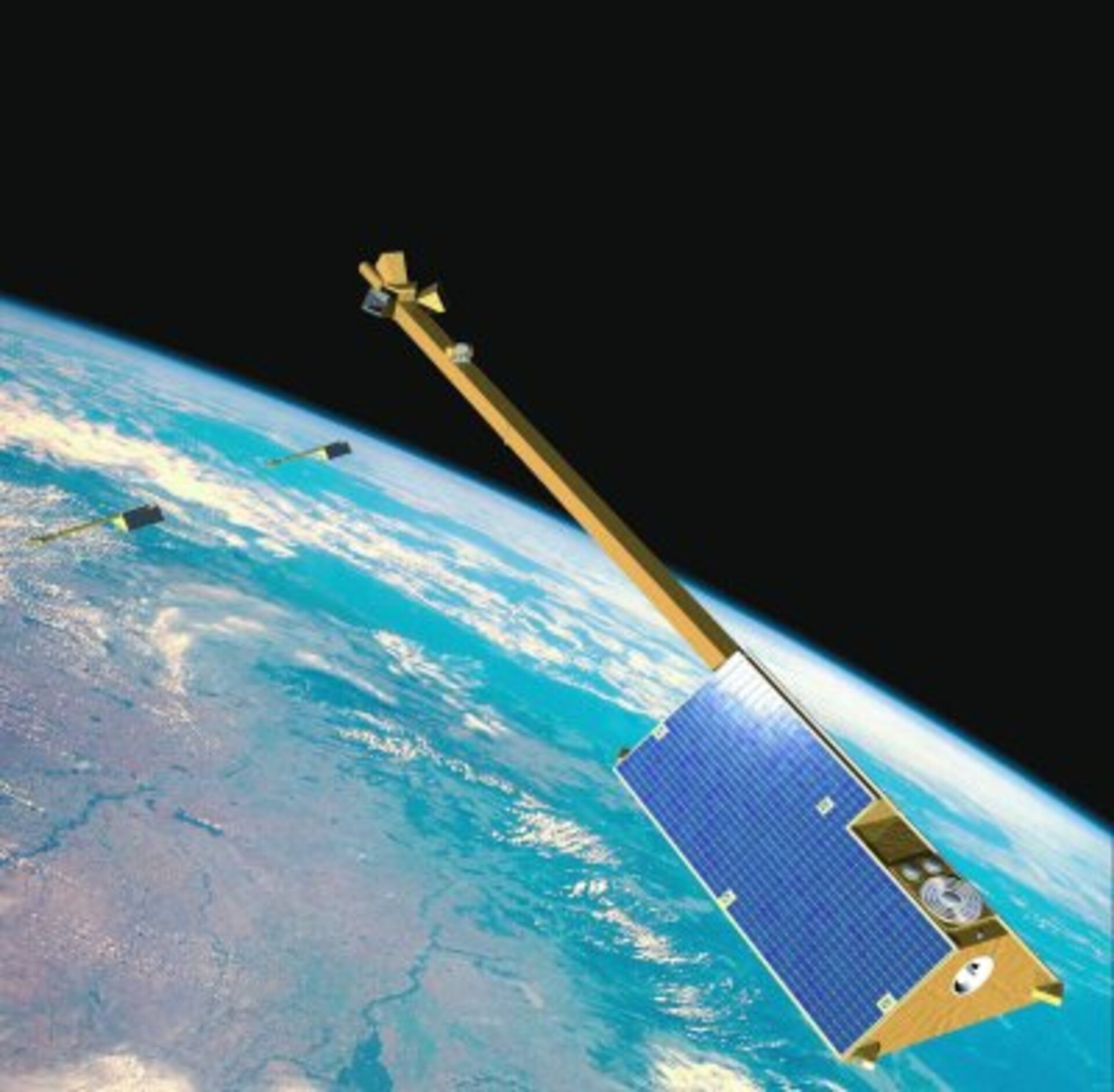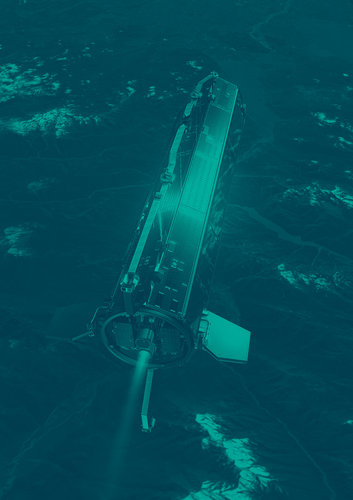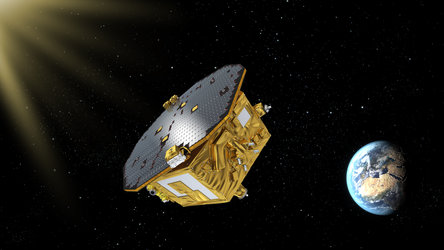Satellite ‘compasses’ open new window on space weather
Researchers have tested a clever new method of monitoring the impact of solar storms on Earth’s magnetic field, based on harnessing the compass-like magnetometers that space missions used to check their orientation.
Some satellites carry extremely sensitive magnetometers for scientific studies; these instruments are placed on booms, away from stray magnetic field sources inside the parent satellite.
But many more satellites host less sensitive magnetometers, called ‘platform magnetometers’ that work like compasses, measuring Earth’s magnetic field to check satellites are pointed in the correct position.
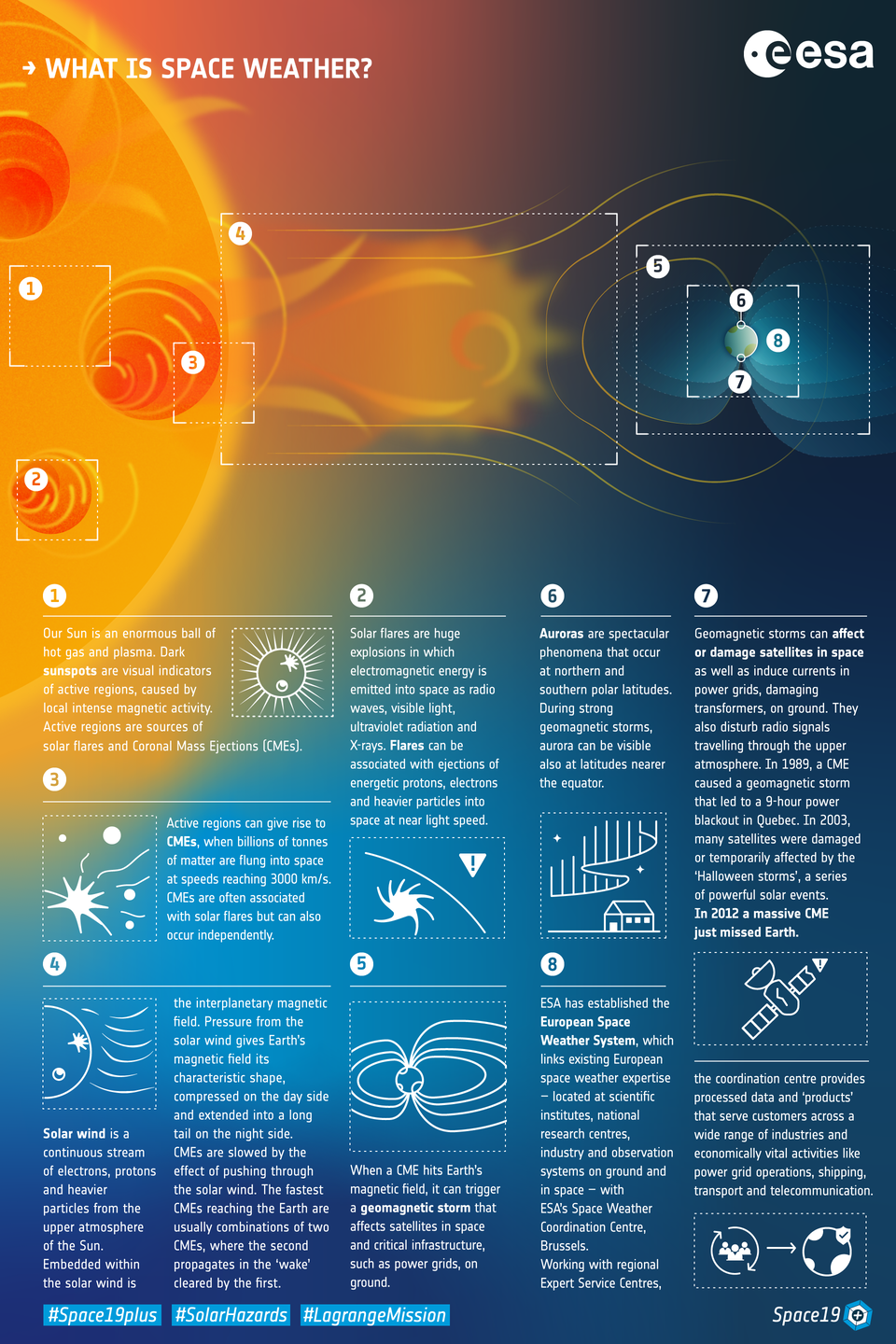
Might these platform magnetometers also be used to monitor space weather? An ESA-led research team consisting of Delft University of Technology and the GFZ German Research Centre for Geosciences mounted an investigation.
ESA space environment researcher Fabrice Cipriani explains: “Quantifying the effects that solar storms have on Earth is extremely important to monitor and assess the impacts on sensitive infrastructure and so we want to exploit as many sources of data as possible that can provide meaningful information, especially when there are no major development costs involved.”
Researchers looked at data from ESA’s magnetic-field-mapping Swarm, gravity-mapping GOCE and technology-testing LISA Pathfinder missions to probe whether platform magnetometer data could also be used for monitoring changing space weather.
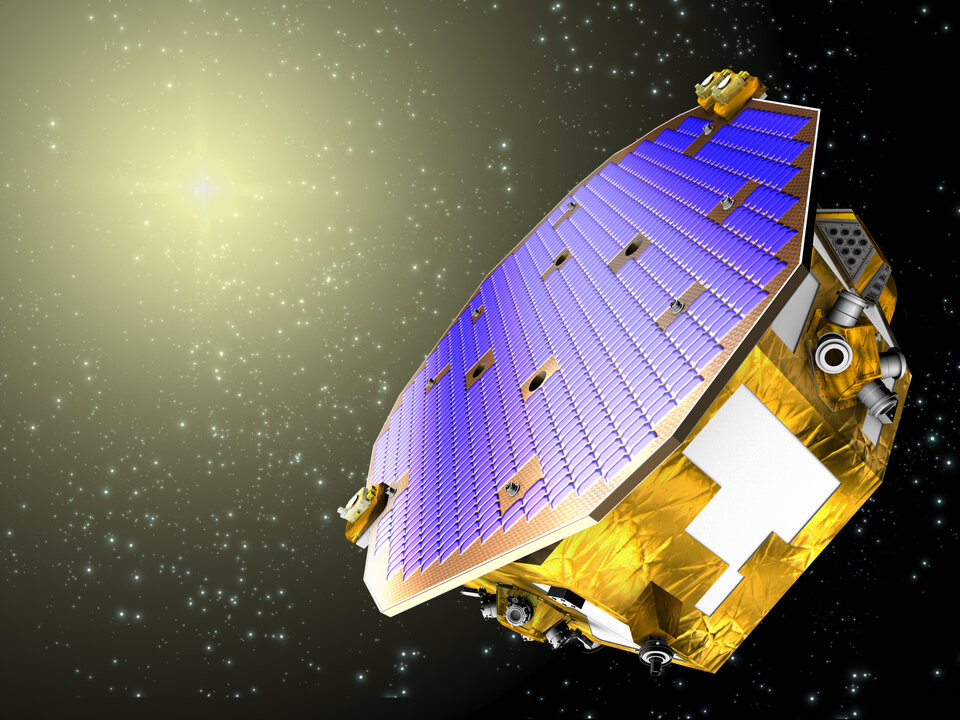
The team compared the data from Swarm’s scientific magnetometer with its platform magnetometer to determine the accuracy of the latter. They then applied this knowledge to an analysis of GOCE’s magnetometer. These were both low-Earth orbiting missions, providing a lot of information about Earth’s response to space weather. LISA Pathfinder, conversely, operated from an Earth-Sun Lagrange Point, 1.5 million km away.
Eelco Doornbos, from TU Delft explains: “LISA Pathfinder is positioned between Earth and the Sun, outside Earth’s magnetosphere. This gives it a great view of the solar wind.”
LISA Pathfinder’s platform magnetometer data was compared with that of US space weather observatories WIND, ACE and DSCOVR.
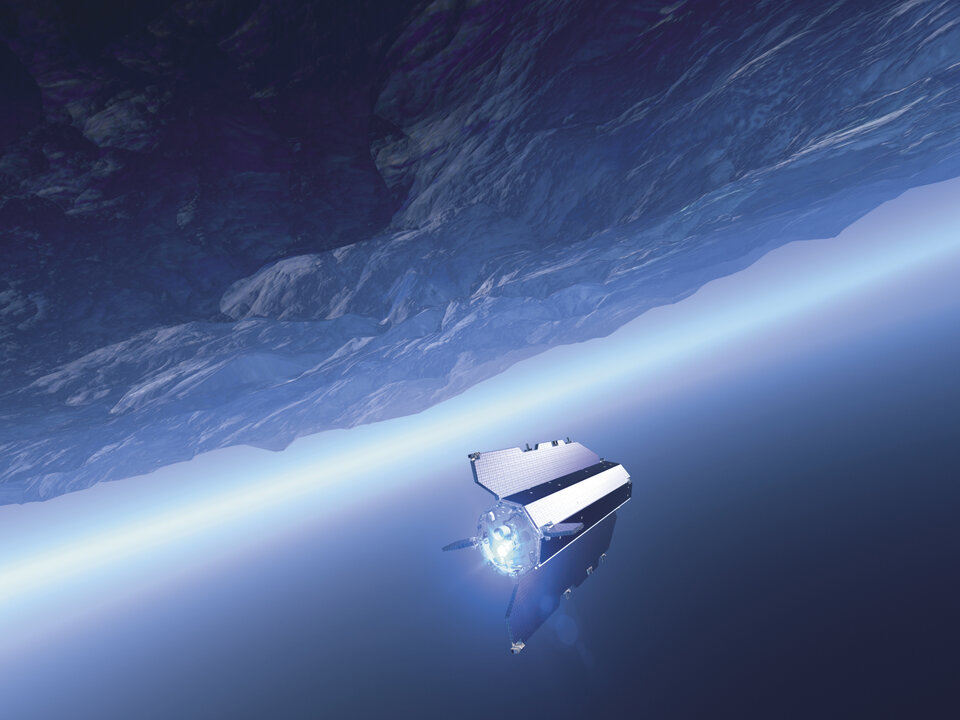
“We investigated data from LISA Pathfinder, which can observe the solar wind, and from Swarm and GOCE, observing magnetic field currents closer to Earth,” adds Dr. Doornbos. “In both cases the platform magnetometer data was good enough to receive a good signal, even when the magnetometer is not very precise and is close to other instruments.”
The team found that platform magnetometers can indeed provide excellent insights into space weather. Their usage could be fostered in future through developing new data processing techniques, relatively low cost compared to developing dedicated instruments and missions.
Traditionally platform magnetometer data are only sent to Earth so that engineers can check a satellite is working properly. The next step is to make this data accessible to more people.
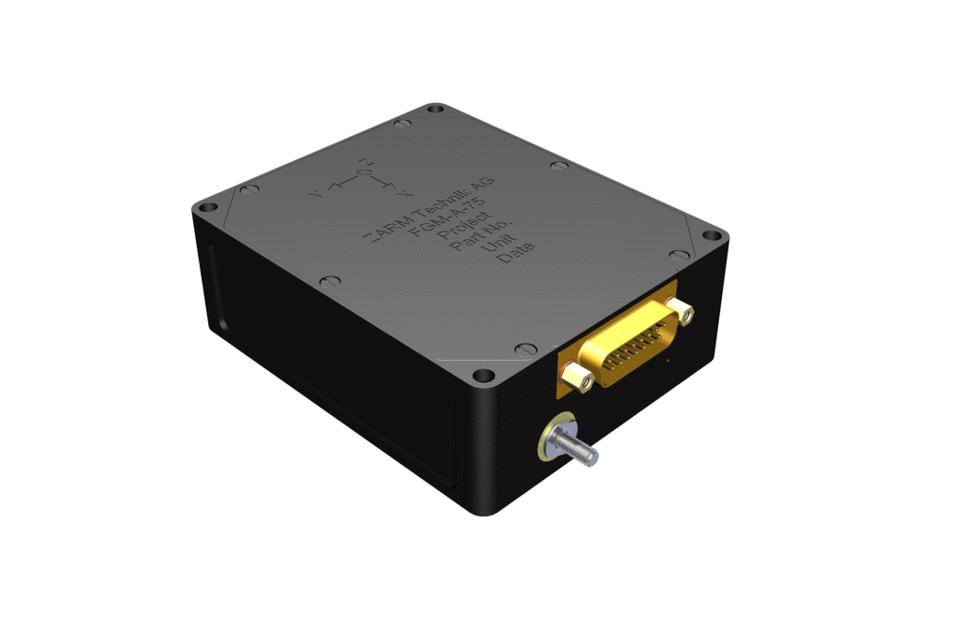
Fabrice adds: “We want to encourage data users to be involved at an early design phase when developing new spacecraft, to help figure out how to enable easier access to the this data.”
“Space weather is such a complicated system that changes so rapidly that the more observations you have, the better,” concludes Dr. Doornbos. “That’s why it’s great to get as many satellites as possible looking into it.”
This research was supported through ESA’s Discovery and Preparation programme, investigating promising new concepts for spaceflight.


